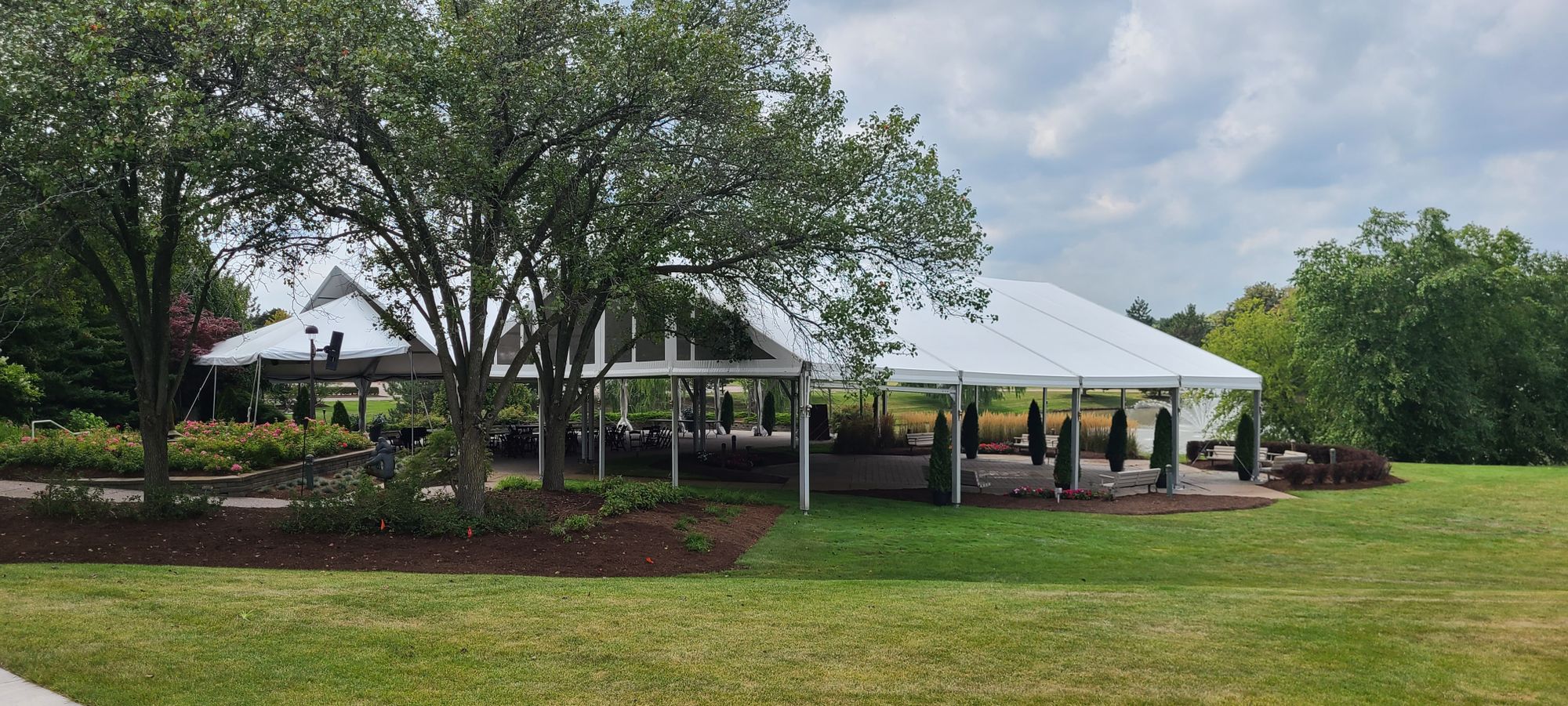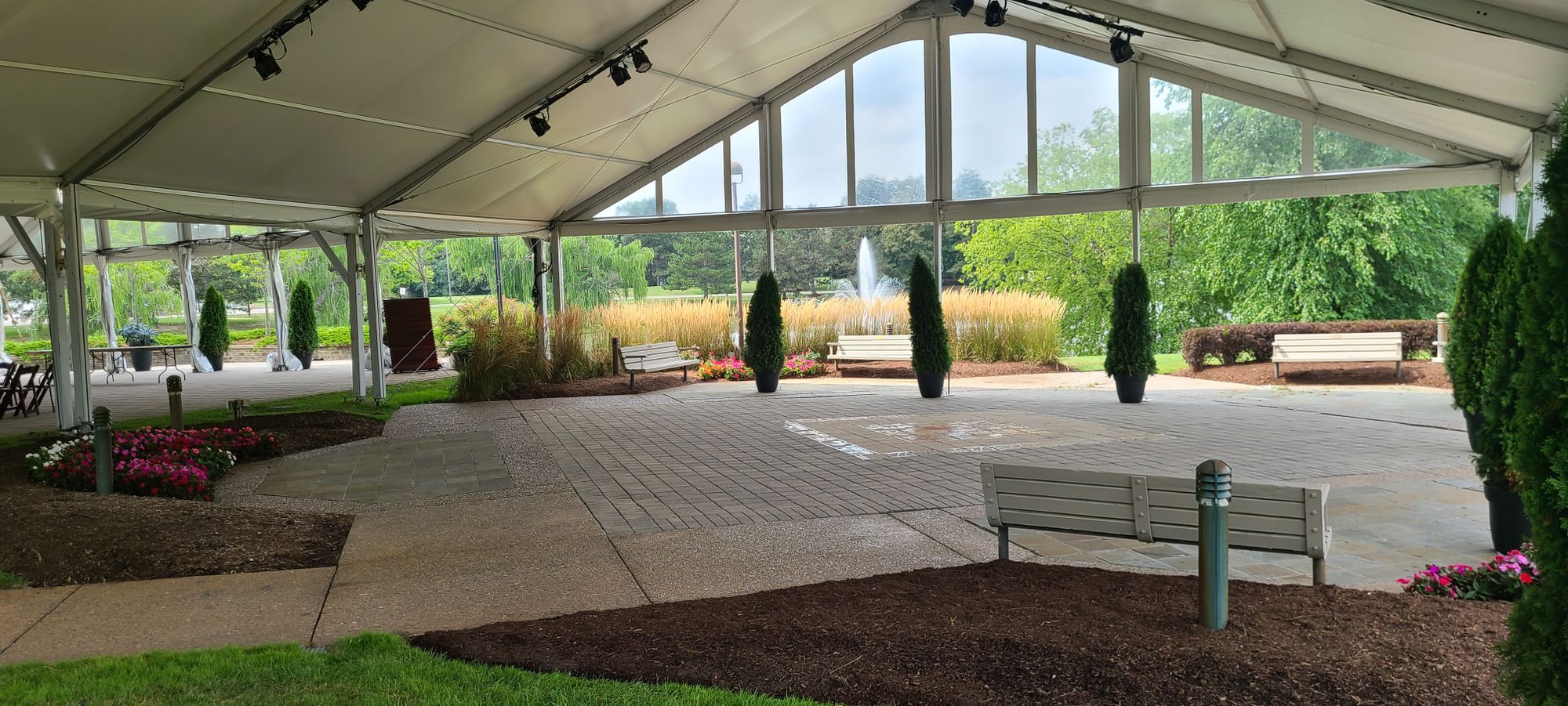In March of 2020, my colleagues at Temple Israel led the charge, along with the Michigan Board of Rabbis and the Federation, to close the Detroit Jewish community down completely — no weddings, no Bar/Bat Mitzvahs, no in-person services or programs of any kind. They did this weeks before the CDC, WHO or State of Michigan began recommending such drastic measures and, in so doing, I believe helped save scores, if not hundreds, of lives. Our High Holy Day services last year were “spiritual movies” watched remotely by our members along with tens of thousands of virtual guests from around the world.
Which brings us to the present. The recent uptick in Covid infections has caused us to think deeply about whether we should be holding in-person services for Rosh Hashanah and Yom Kippur. Should we lead by closing down again? What is the behavior we, as Jewish leaders, should be modeling at this juncture? What message do we want to send to our community?
These are excruciatingly difficult issues, and I would not presume to judge anyone else’s decision in any way. Still, I offer my own personal response to those questions here, fully cognizant that those responses may change, and that we may have to pivot, at any time based on the ever-changing public health landscape.
For me, sechel (common sense) in this moment means realizing that we can live our lives at sixty percent, but not at the one hundred percent we were hoping for. A year ago, we were living at ten percent. Our daughter’s wedding under the tent at Temple Israel, for instance, hosted only ten percent of the original guest list—twenty people instead of well over two hundred.
With such a large percentage of the Jewish community vaccinated, it seemed that we would be back to our one hundred percent lives by now: large indoor celebrations, dining at restaurants, shivas in our homes, packed concerts and sporting events. Sadly, however, due to the recent proliferation of breakout cases, returning to a one hundred percent life would be extremely risky and thus probably lacking in sechel.
So, what do I mean by a sixty percent life? Well, at Temple Israel, we decided to erect three large tents and to hold the majority of our services outdoors, socially distanced with the congregation wearing masks. Admittedly, sacrifices had to be made: Since we had to add additional service times to accommodate all who registered, we were forced to make cuts in the liturgy. We had to eliminate our wonderful choir. A significant portion of our members will feel uncomfortable attending in person, and we will miss them. We must expend significant resources on enhanced streaming services so that those who join us online will still feel uplifted and moved by the small-screen holiday experience. Due to weather constraints, we may not be able to don the white robes to which our congregants have become accustomed for every service. We cannot hug, shake hands or schmooze in the way that is customary at our shul and, let’s face it, masks are uncomfortable. In essence, we can have a sixty percent High Holy Day season but not one hundred percent, for that is what we believe sechel prescribes at this moment in time.
Our task now is to infuse that sixty percent with so much creativity and passion that these High Holy Days, though not the one hundred percent return we were praying for, will nonetheless be beautiful, powerful, spiritually engaging, uplifting and safe.


Comments
Sign in or become a Nu?Detroit member to join the conversation.
Just enter your email below to get a log in link.